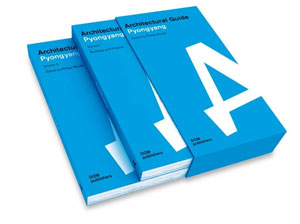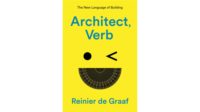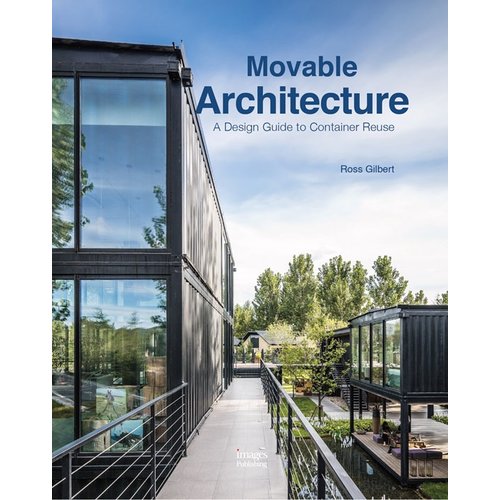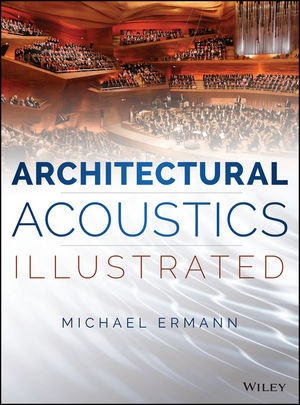Pyongyang, the capital of North Korea, is probably the most isolated city in the world, both physically and culturally. Since there are few ways to learn about the city, a veil of isolation stimulates curiosity. Few publications have addressed the city's built environment; most focus instead on economic, political, and social issues. Architectural Guide: Pyongyang feeds this curiosity to some extent, providing unique information about Pyongyang, including both its architecture and its urban planning history.

In an odd way, Pyongyang is Modernism’s dream: an ideal socialist city. When you visit it, what you see first is a modern capital built of concrete and laid out on a rationalized urban plan—not a city of dictatorship or poverty. But most buildings are outdated and little new construction has happened since 2000. The city has developed a wide range of modern architectural languages—from rationalism to nationalism—using symbolism in many major buildings. Sometimes, even generic residential buildings look interesting simply because they are in the most elusive city. Besides from news about country's famine, we barely how people live in Pyongyang and what their actual living environments are like.
This book shows a lot of different work in Pyongyang. Its first volume is a catalog of almost 100 buildings documented in photographs provided by the nation's official publisher. It covers all major building types—from civic to cultural to residential—making it easy to see the range of architectural expression in North Korea. However, it would have remained merely a guidebook had it not included a second volume focusing on the city's historic and theoretical context. The book's editor, Philipp Meuser, examines Pyongyang from a macro perspective, seeing it as more than just an aggregation of individual buildings.
He points out that, besides the construction quality and choice of materials in individual buildings, the cityscape of Pyongyang should be appreciated for its clear urban structure, carefully proportioned blocks, and distinctive iconographic architecture. These are fundamentals in urban planning and design theories, but only few cities have realized them as clearly as Pyongyang. Such a cohesive built environment was made possible by the city's destruction during the Korean War in the 1950s and the imposition of former leader Kim Jong-Il's aesthetic will during his reign (1994-2011).
Kim understood he could advance his ideology and propaganda through architecture and urban design. The book addresses this subject in a section called “On Architecture,” explaining the tight connection between construction, aesthetics, and propaganda.
One weakness of the book is that it provides factual information about the city, without any social, economic, or political analysis. But since Pyongyang is still wrapped in a veil of secrecy, such an objective introduction will have to suffice for now. I suspect this book will catalyze other publications and research on architecture and urbanism in North Korea. Since the new leader Kim Jong-Un came to power, the nation seems to be opening its door to Western tourists, including Americans. Surprisingly, for a tourist, North Korea is one of the safest countries in the world, if you follow the government's guidelines. I believe more publications like Architectural Guide: Pyongyang and more tourism will help us understand Pyongyang from our own perspectives.
Dongwoo Yim, an architect in Boston who teaches at the Rhode Island School of Design, wrote his masters thesis on “Urban Transformation of Pyongyang” while at Harvard University in 2008. He visited Pyongyang for research in 2010 and is the author of Pyongyang, and Pyongyang After (published by Hyohyung Publishing in Korean last year).




Post a comment to this article
Report Abusive Comment